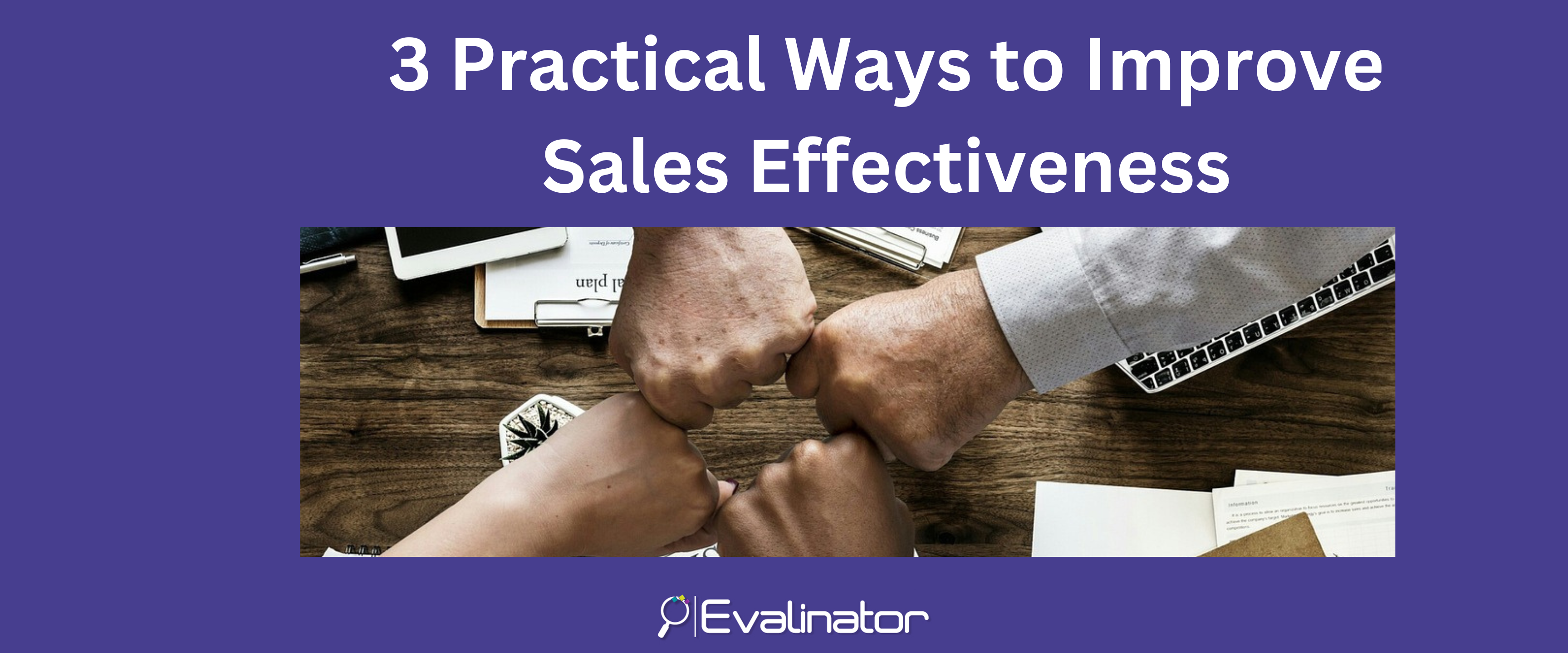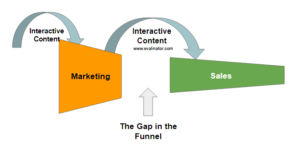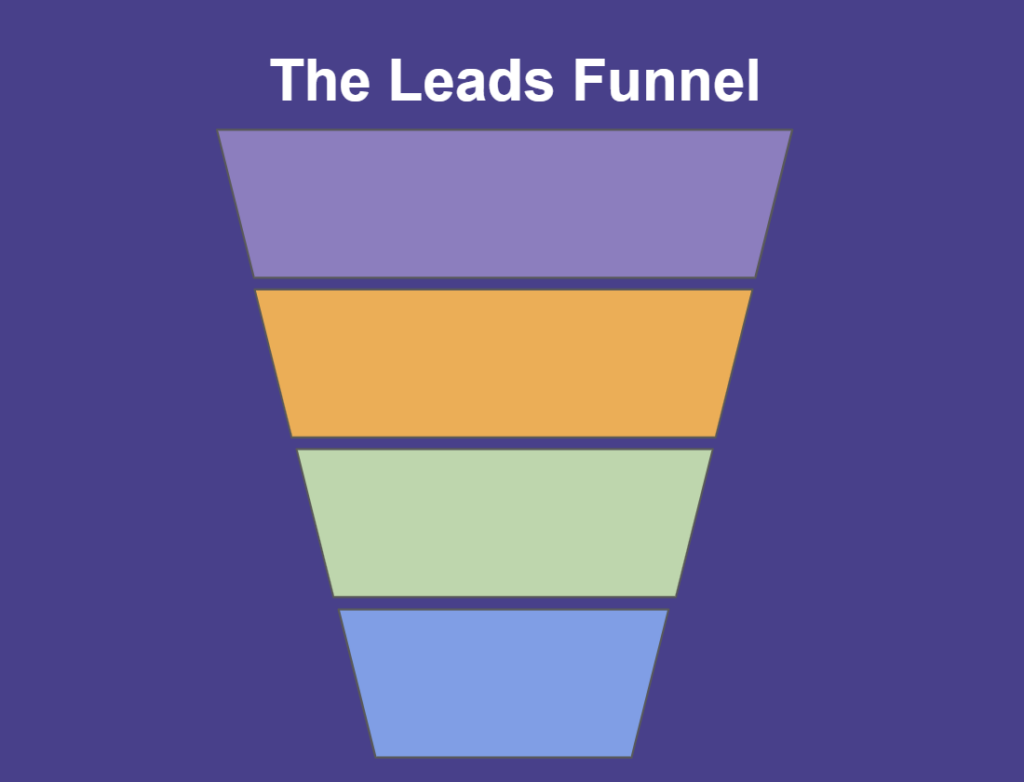


A recent Gartner report on sales effectiveness cites that almost 70% of B2B sellers faced feelings of burnout, were overloaded with administrative burdens, and felt that management was disconnected from seller reality.
As a result, their ability to meet quotas fell dramatically while the risk of attrition rose sharply.
One of the recommendations by Gartner was to help sellers not feel like a cog in the machine, i.e. by enabling them to deliver meaningful work.
Now, most sellers we know are selling solutions to real problems. So why don’t they feel meaningfully connected?
Here are the three practical strategies on improving your overall sales effectiveness.
Contrast these two stories.
Approach 1 – Knocking on the Door: In the first story, our sales person meets a client and presents the company’s various products and services areas, cites latest research, outlines a few success stories, and then asks how her services could be useful to the client.
Approach 2 – Building a Tunnel: In the second story, our sales person meets with the client and in addition to briefly telling them about the company and the success stories, she ventures a researched guess on where the client could be on a maturity curve of performance (the current state). The discussion changes to what the maturity curve looks like and what challenges the client is facing. She then offers the model to the client so they can evaluate for themselves.
As you may have guessed, the second approach usually enables a seller to build superior client confidence because it generates a meaningful value-exchange. It also allows the seller to set up relevant follow-ups. It improves the seller’s sense of purpose and results in higher sales effectiveness.
However, this second approach – building a tunnel – is not easy to pull off. It needs cohesive co-operation from the subject matter experts in the company. It also needs a practical tool set to enable it.
The first step is to translate your solution value proposition into a maturity model. Typically such a model may have 3-5 levels where the lowest level has the very basics and the top most level has advanced items. Whether it’s digital transformation, change management, supply chain, IT maturity, AI adoption, etc., a maturity model that is based on your unique expertise is very useful to clients to experience your insights.
Conversations based on such models help clients get a sense of where they are. They can also easily see what working with you may look like. Evalinator provides a practical method to achieve this.
This model should obviously be steeped in your unique expertise and solution. That’s where your insights & vision come from.
If you are in front line sales, get your product or practice team to help you build a simple maturity model for your clients. If you’re a subject matter expert, then do it yourself to help other sellers scale your efforts. See this post on insights-led sales.
This sales solution allows you to focus 100% on the client’s needs and pain areas. A focus on clients allows you to take charge of the conversation.
Up to 90% of leads received are dropped by sales. That’s because lead generation generally suffers from “lack of context”. This means that when a prospect interaction is set up, or when we receive an online lead, all we have is an interaction with a demographically matched potential buyer (some combination of right title, right area, right industry, etc.).
Given this scenario, the sales pipelines numbers are often padded with false positives and sales effectiveness suffers.
A good lead generation model is largely driven by focusing on the benefits that clients can achieve by partnering with the company. That works well because clients are also often looking to see what you bring to the table that is new.
 Lead generation and leads handoff to sales should be accompanied by a context of the client. Often a level of lead engagement is needed before it can be passed on to sales.
Lead generation and leads handoff to sales should be accompanied by a context of the client. Often a level of lead engagement is needed before it can be passed on to sales.
However, due to the fear of losing the lead, the “big guns” are brought in as soon as a lead is received. In most cases, without proper context and research, they have to use a non-consultative selling model. As a result, their time is not used optimally.
The solution instead is for the leads to follow 3 levels of qualification:
Establishing a conscious leads qualification process not only increases sales effectiveness, but also the company’s marketing and demand generation processes. Lead generation is often a matter of trust and credibility. This approach builds that foundation.
Once an opportunity has been qualified, the biggest challenge for sales is meaningful follow-up and detailed qualification. On the other hand, clients must see the differentiated value that sellers bring to the table.
Otherwise, sales follow-up is arduous and not fun at all.
The typical sales offers are to conduct discovery, present services, demo product, do a prototype, etc. These tactics are important but fail to accelerate the momentum on their own unless the client is able to pinpoint a differentiation and visualize the results. You may also be competing with other familiar partners clients are working with. Even if you are one of the familiar partners, without differentiation, the sales cycle is tenuous.
The sales best practice is to start engaging the client on the future state vision and roadmap for the client that you have developed using the maturity model. Doing so is not complex if you can use the maturity model you have developed.
Offering advice that helps the clients progress on some short terms goals on their own shows the client that you are capable of playing the role of a trusted advisor. It also eventually demonstrates to them that they need help to realize their vision. If you are already established as an advisor, you become the natural and obvious choice for that.
This blog on insights-led sales outlines how to use a maturity model in more detail.
These strategies of leading with insights, better leads qualification, and creating meaningful follow-ups using a shared vision with clients are practical and very achievable. They build on the consultative selling and value based selling models.
They lift up the sellers as they experience being part of the solution to their clients’ mission.
However, until now there wasn’t a practical toolkit to do so. Evalinator changes that.
If you would like to get started with improving your marketing & sales effectiveness using these strategies, please sign up for a free trial. We’ll be there every step of the way to help you set it up.

Feeling frustrated with lead generation?
Take this free, 5-minute quiz and get more prospects into your leads funnel.
Instant Results. Actionable recommendations. Email required.
Find Your Score >>